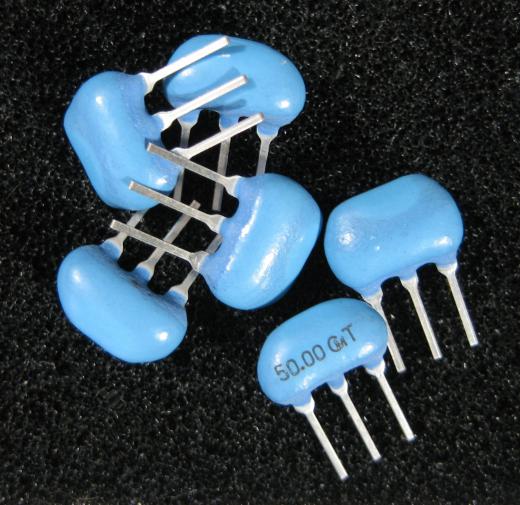Thin film coatings are made of dielectric, metallic, and oxide compounds that are commonly used in the semiconductor industry, in the military, and in optical device applications. Manufacturing processes typically involve physical vapor deposition, such as sputter deposition, or chemical vapor deposition where chemical reactions and high energy plasmas are used to deposit the film. Coatings classified as thin films are generally considered to be a maximum of one micron in thickness, or 1,000 nanometers, and can be ferromagnetic, ceramic, or some level of conducting or insulating material.
Optical coatings are one of the main areas of production for thin film coatings, and provide important uses such as for laser filters and eye protection for laser surgery in medicine. Anti-reflective coatings are widely employed in lenses found in cameras, telescopes, and digital-video disc (DVD) players to reduce normal light reflection that would diminish the performance of such equipment. Some thin film coatings in the optics field are also multilayered to interact differently with various wavelengths of light, and are used in computer monitors, eye glasses with both reflective and anti-reflective qualities, and television cameras. Reflective optical coatings are mirror-like and usually made from aluminum, gold, or silver, where they are used in photocopy machines, barcode scanners, and industrial and military high-powered lasers.

Ceramic thin films are used to coat cutting tools exposed to chemical and heat stress, in medical uses for their inert qualities, and in many other areas. Substrates for lithium ion batteries that are composed of ceramic thin film coatings are being used in the electronics industry as of 2011, and have been perfected through over a decade of research at the Oak Ridge National Laboratory in the US. The ceramic base for the integrated circuit is a platform for implanted batteries that can operate across a wide temperature range, from -4° to 284° Fahrenheit (-20° to 140° Celsius) and be any shape or size, and this gives the circuits wider applications than those of conventional design. Their ability to function at a temperature up to 536° Fahrenheit (280° Celsius) if necessary, makes them useful for sensors, smart cards, and implantable medical devices, such as defibrillators and neural stimulators.

Dye-sensitized solar cells (DSSCs) also rely on thin film deposition of titanium dioxide, TiO2, though they are usually 5 to 20 microns in thickness. The technology involves a combination of thin film coatings of ceramic, semiconductor, and optical materials, and is designed to last for 20 years of exposure to sunlight. Solid-state designs for the electronics of these solar cells offer the promise of making them more cost effective and simple to produce than standard silicon based solar cells.
